280
4
4 minutes
Suggested Articles

Top affordable wireless earbuds in 2025 delivering premium features
Discover the best, most affordable wireless earbuds for 2025, including key features, battery life, and value for tech lovers and smart shoppers.

Sleep experts champion a smart anti-snoring belt for restful nights and healthier mornings
Gadgets & Reviews
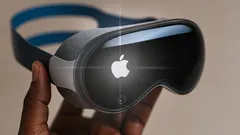
Apple Vision Pro Signals a Game-Changing Shift in Everyday Tech Life
Gadgets & Reviews
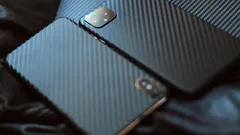
Tech fans embrace next-gen foldable phones as Galaxy Z Fold 7 and Honor Magic V5 redefine multitask,
Smartphones & Apps
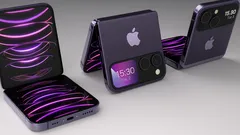
Apple’s Compact Foldable iPhone Leak Hints at a Game-Changing Design
Smartphones & Apps
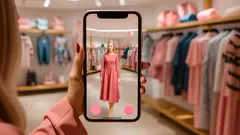
Google’s New Virtual Fitting Room App Transforms Online Fashion Shopping
Smartphones & Apps

Microsoft empowers everyone with fast, local AI on any smartphone
AI & Everyday Tech
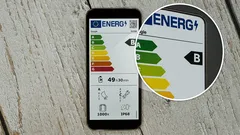
New Energy Labels Make Choosing Eco-Friendly Gadgets Easier Than Ever
Smartphones & Apps
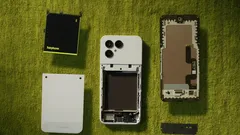
Fairphone 6 Redefines Smartphones With Bold Eco-Friendly Modular Design
Smartphones & Apps

After Google’s massive fine, Android users rush to iPhone for privacy
Online Safety & Privacy

Playing video games together strengthens relationships and sparks real connection
AI & Everyday Tech

US crypto pioneers transform bold risk into life-changing fortunes
AI & Everyday Tech

Tech leaders embrace waste-to-carbon solutions as Microsoft bets big on green AI
AI & Everyday Tech

Travelers and campers embrace portable backpack laundry tech for freedom and clean clothes anywhere
Gadgets & Reviews

Drivers use Google Maps and Waze to avoid fines but risk safety trade-offs
AI & Everyday Tech

App lovers seize this week’s best free premium downloads before time runs out
Smartphones & Apps

GeForce RTX 4000 owners unleash ultra-smooth gaming with NVIDIA’s AI-powered Smooth Motion
AI & Everyday Tech
 W3 CodeCraft
W3 CodeCraft

Comments